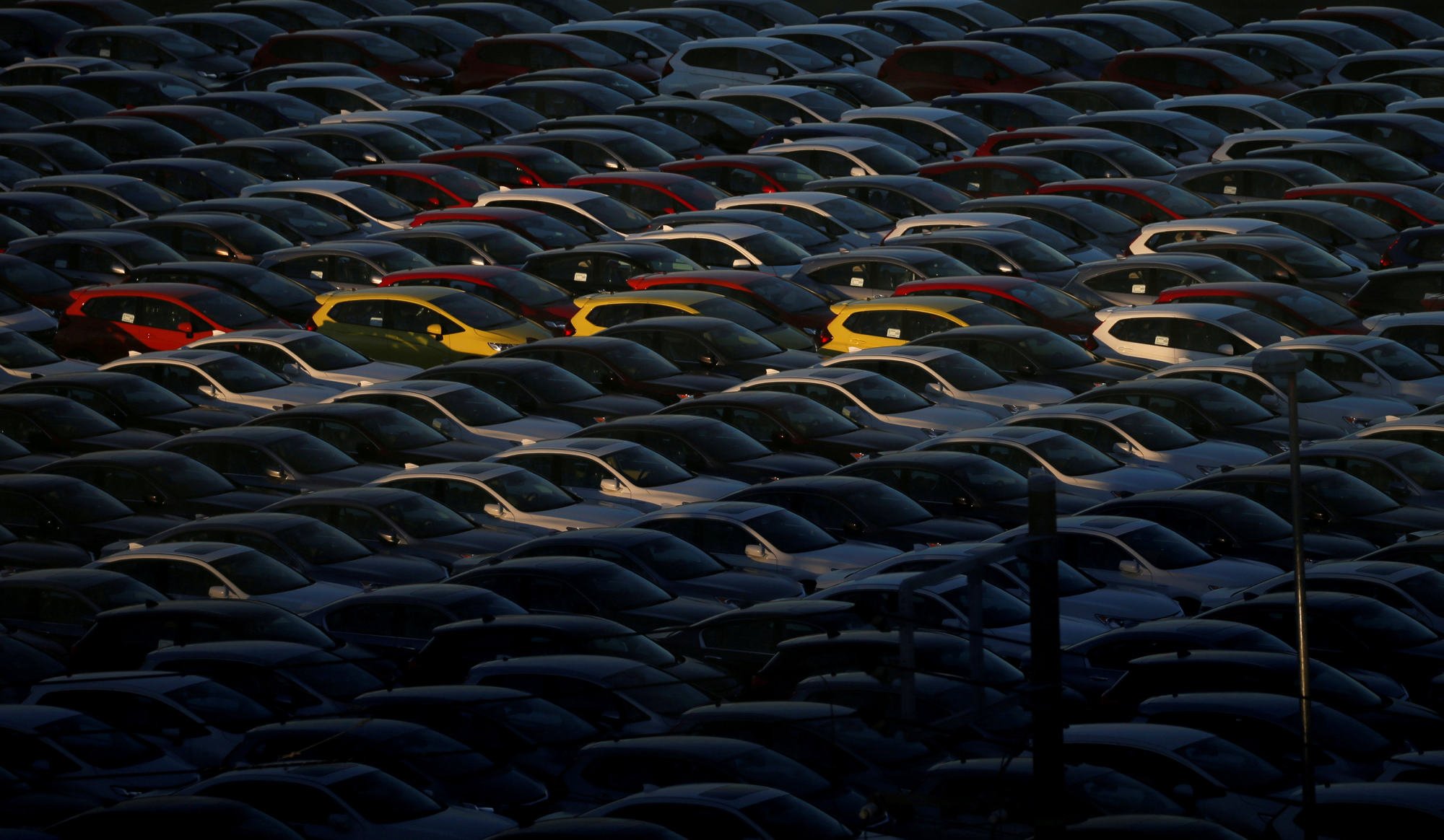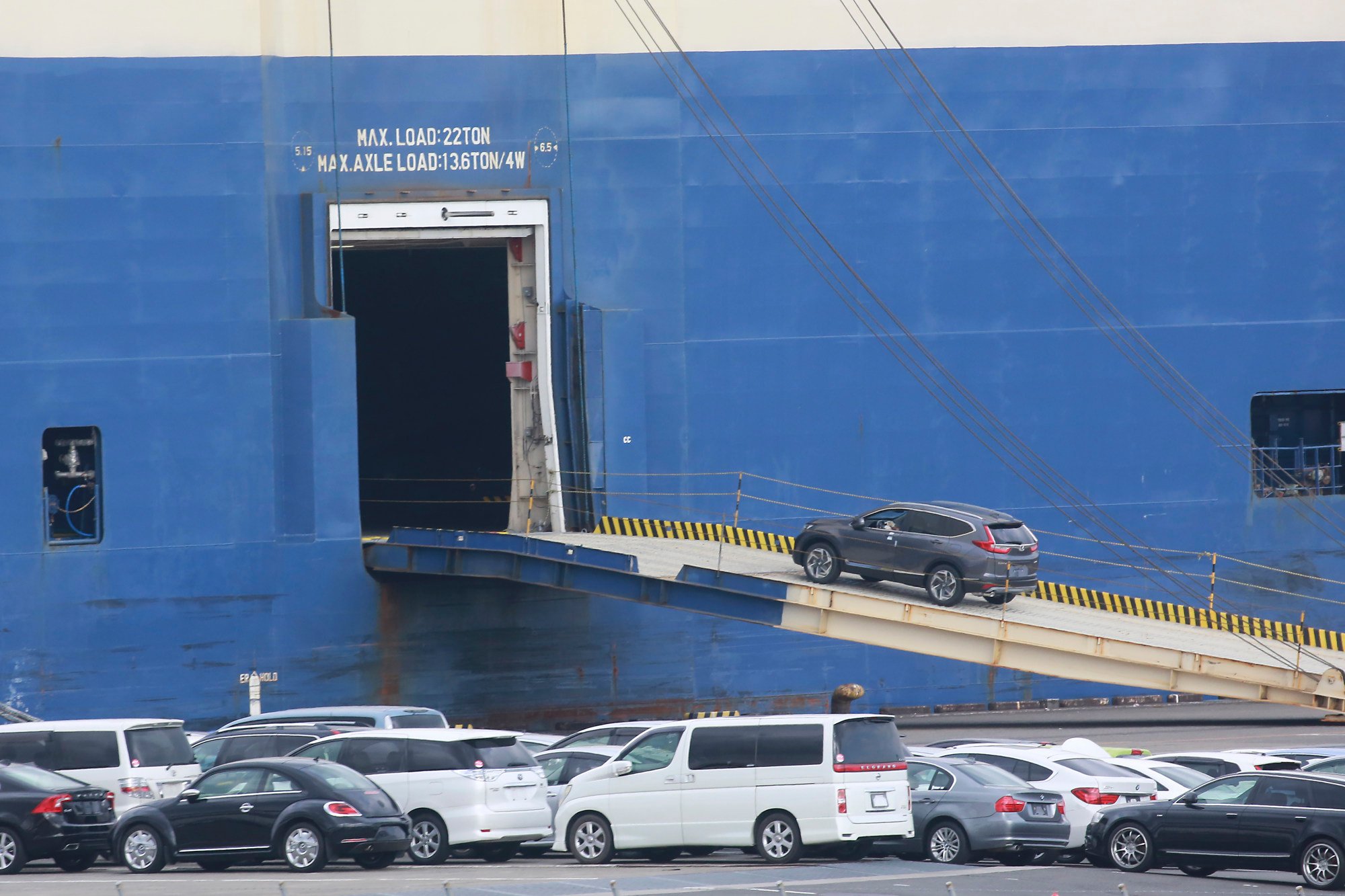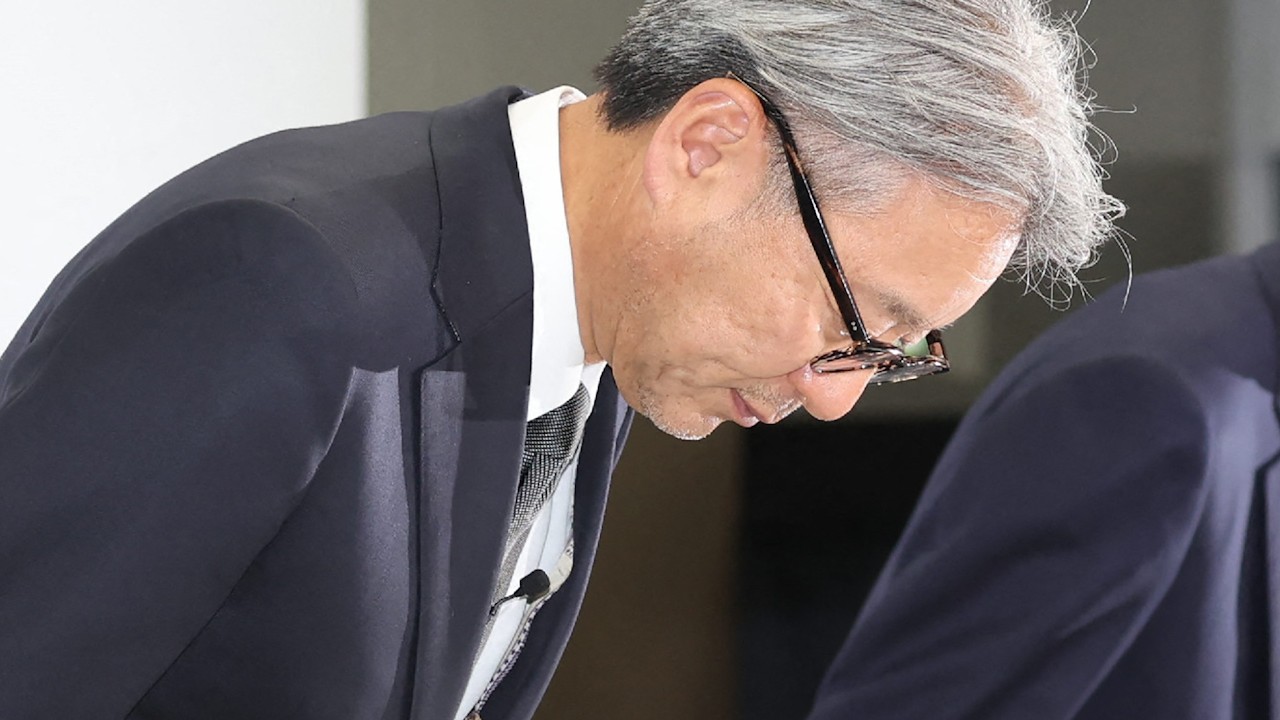“But Toyota and the other companies say they wanted to test and certify under global rules that are followed by the US and European countries and set even higher conditions.”
Japanese manufacturers “were making cars that were better than the Japanese standards required,” he said, “but by not following the domestic rules, they were in violation.”

In addition to Honda, ministry inspectors have visited the headquarters of Toyota Motor, Yamaha Motor and Suzuki Motor, with an investigation at Mazda Motor expected next.
In total, 38 models by Honda, Toyota, Yamaha and Suzuki were found to have not undergone proper certification for safety and environmental performance, based on the companies’ statements and media reports.
Discrepancies in the certification testing process also surfaced last year at Daihatsu Motor and Toyota Industries, both part of the Toyota Group. The ministry then instructed 85 companies in the auto sector to investigate any deviations from required testing regimes over the previous 10 years and report their findings.
The certification system is critical to assess whether a vehicle meets safety and other requirements. Japanese carmakers have to ensure a new model is certified before its sale and inform the ministry of the certification without the need for external inspections.

Self-policing in safety and certification has historically proved problematic for companies across various industries worldwide, said a Tokyo-based economist who declined to be named.
“We’ve seen it happen countless times, where people at the department level are under so much pressure that they just start to cut corners, make things up and then everyone is drawn into covering it up and hoping for the best,” he said.
“It is a prerequisite that manufacturers conduct proper tests,” said an editorial in the Yomiuri newspaper, identifying the flaws of Japan’s current certification system for carmakers. “If they conduct fraudulent tests, the very foundation of the system will be shaken.”
“There has been no end to fraudulent certification testing since such practices came to light at Mitsubishi Motors Corp eight years ago,” it added.
Nakanishi said the problems identified by the ministry were not a new phenomenon, as seen in the controversy involving Mitsubishi in 2016 when the company was found to have been falsifying fuel economy data for over 20 years.
“These were the ways things were done before and they were just not brought up to date,” he said.
Many of the tests the carmakers had conducted met the higher certification standards in foreign markets, Nakanishi added. In one safety test, for example, Toyota used a crash test dolly weighing 1.8 tonnes, instead of the 1.1 tonnes required by Japanese law, and submitted the data to local authorities.
“I do not think it was malicious and the cars are above the standards required, but coverage in the domestic media has been excessive and, even though none of these cars are for export markets, the media is destroying Japanese firms’ global reputations,” he said.
In an editorial headlined, “Toyota test data fraud should be a day of reckoning for Japan auto industry,” the Mainichi newspaper admitted that the tests conducted were more stringent than they needed to be and that safety was not in question.
But it added: “The certification system buttresses car buyers’ confidence in their purchasing decisions. Disregarding legal requirements in favour of one’s interpretations can only be described as arrogant.”
Nakanishi said the Japanese public should be assured that the incorrect data arose from more stringent tests than legally required, and that confidence in Japanese car brands was not shaken at home or abroad.
“It may take a little time, but I think consumers understand the importance of good quality and high performance of Japanese models,” he said. “I am confident that any decline in trust will be short-lived.”


